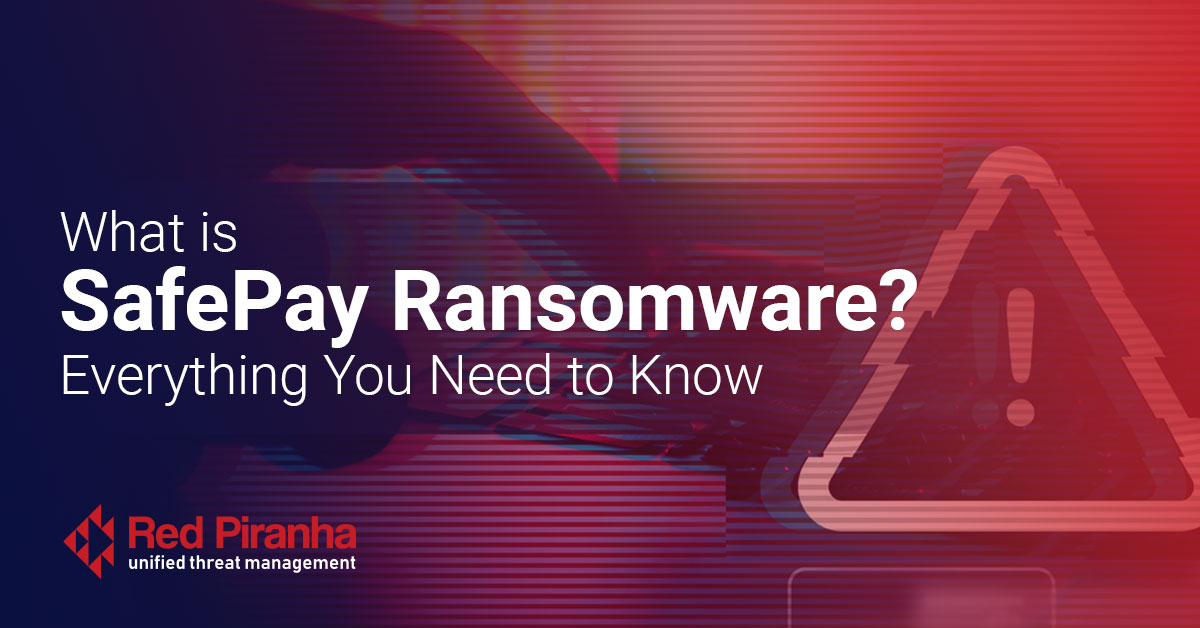
Ingram Micro Hit by SafePay Ransomware, Operations Disrupted
Cybersecurity Crisis: Ingram Micro’s Ransomware Incident
In today’s digital landscape, cyber threats are growing in complexity and frequency, impacting even the most established global enterprises. One such incident recently struck Ingram Micro, a leading name in technology and supply chain services, which found itself crippled by a ransomware attack attributed to a group known as SafePay. This event has sent shockwaves through the industry, highlighting the urgent need for comprehensive cybersecurity strategies.
Understanding the SafePay Ransomware Attack
SafePay is notorious for deploying advanced encryption techniques that lock companies out of their essential data until a ransom is paid—typically demanded in cryptocurrency to maintain the attackers’ anonymity. The sophistication of this malware underscores the evolving nature of cybercrime, where financial gain is often prioritized over traditional espionage or sabotage motives.
How the Attack Unfolded
The infiltration into Ingram Micro’s systems remains under investigation, but preliminary findings suggest a spear-phishing campaign was likely the entry point. These attacks typically target employees with deceptive emails designed to appear legitimate, tricking recipients into downloading malicious software that grants hackers access to internal networks.
Once inside, the attackers deployed ransomware that encrypted key systems, effectively paralyzing operations across multiple departments. The impact was immediate and far-reaching.
Immediate Impact on Ingram Micro
Operational Disruptions
One of the first consequences was widespread operational disruption. Order processing, logistics coordination, and other critical business functions were severely impacted, causing delays and inefficiencies across the board.
Data Access Issues
Employees faced significant challenges accessing vital business data, hampering decision-making and day-to-day tasks. Systems that once operated seamlessly became inaccessible, forcing teams to rely on manual processes and backups.
Customer Concerns
The ripple effects extended to customer relations. Delays in service and uncertainty about data security led to growing concerns among clients, threatening long-standing relationships and potentially damaging the company’s reputation.
Mitigation Strategies and Response Efforts
Ingram Micro quickly mobilized to contain the damage and restore normalcy. The company engaged top-tier cybersecurity experts to assess the breach, secure compromised systems, and prevent further intrusions.
Incident Response and Remediation
A multi-phase response plan was activated immediately after the breach was detected:
- Isolation of affected systems to stop the spread of the ransomware.
- Deployment of backup systems to restore core operations wherever possible.
- Collaboration with law enforcement agencies and specialized cybersecurity firms to trace the origin of the attack and gather intelligence on the perpetrators.
These steps were crucial in stabilizing the network and preventing additional losses.
Transparent Communication with Stakeholders
Maintaining transparency throughout the crisis has been a priority for Ingram Micro. Regular updates were provided to stakeholders, including customers, partners, and employees, ensuring clarity and maintaining trust during a time of uncertainty. The company emphasized its commitment to resolving the issue swiftly while reinforcing its dedication to long-term cybersecurity improvements.
Industry-Wide Implications
This incident serves as a wake-up call for industries reliant on interconnected digital supply chains. As businesses continue to embrace digital transformation, vulnerabilities become more pronounced. A single breach can have cascading effects, disrupting global operations and exposing sensitive data.
Key Lessons for Businesses
Ingram Micro’s experience offers several valuable lessons for organizations aiming to strengthen their defenses against similar threats:
- Regular Cybersecurity Audits: Continuous evaluation and updating of security protocols are essential to stay ahead of emerging threats.
- Employee Training Programs: Human error remains one of the biggest risks in cybersecurity. Regular training sessions can significantly reduce the chances of successful phishing attempts.
- Robust Incident Response Plans: Having a well-rehearsed plan in place ensures swift action when breaches occur, minimizing downtime and reputational damage.
Moving Forward: A Call for Enhanced Security Measures
The ransomware attack on Ingram Micro is a sobering reminder that no organization is immune to cyber threats. As companies increasingly digitize their operations, investing in cutting-edge cybersecurity measures and fostering a culture of vigilance must be top priorities.
Organizations must remain proactive—not just reactive—in their approach to cyber defense. By learning from incidents like this, businesses can better prepare themselves for future challenges, protecting not only their own interests but also the trust of their customers and partners.